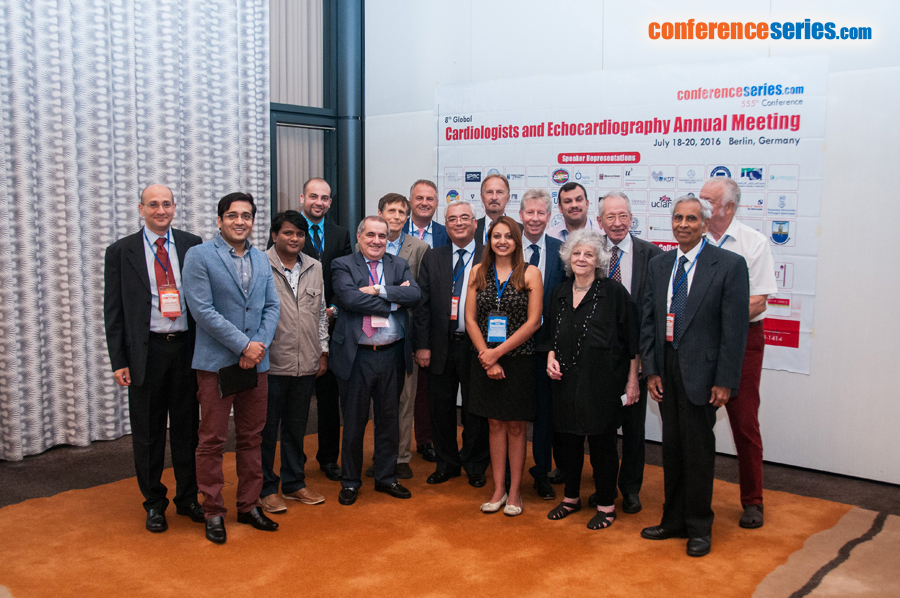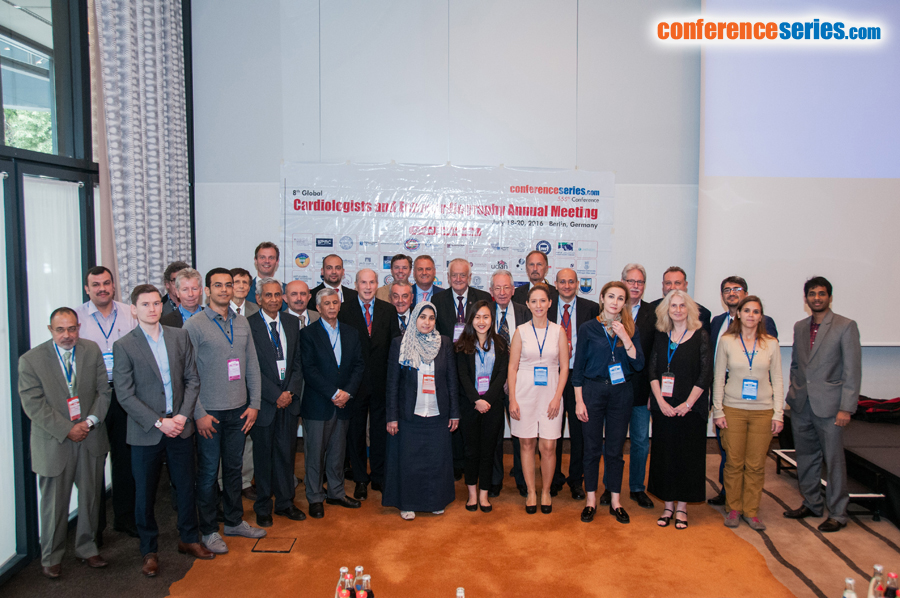
Almasri H Hatem
Specialized Heart Center KAMC, Saudi Arabia
Title: Coronary artery reconstruction with internal mammary artery and vein patch grafting with or without endarterectomy
Biography
Biography: Almasri H Hatem
Abstract
Background: An increase in the numbers of patients with diffuse coronary artery disease who are referred to cardiac surgeons had necessitated the need of developing new techniques to establish the revascularization of especially young patients or elderly with high risks to undergo future redo surgeries. Long-segmental reconstruction of the diffusely diseased left anterior descending (LAD) coronary artery with the left internal thoracic artery (LITA) and or venous patch has been shown to be beneficial for patients with diffuse coronary artery disease. In this retrospective study, we analyzed the long-term outcomes obtained with this technique. Methods: Between Jan 2003 and October 2007, 1500 coronary artery bypass grafting (CABG) operations were performed by our team. Of these cases, a number of patients were found to have diffusely diseased coronary arteries (mainly LAD) underwent a long-segmental reconstruction procedure with a LIMA graft or saphenous venous patch with or without endarteriectomies. Results & Conclusion: Patients with diffuse coronary artery disease present a major challenge for cardiovascular surgeons. The long-term results of long-segmental coronary artery reconstruction are very encouraging and this approach may be used safely in this subgroup of patients. Coronary artery reconstructions with exclusion of plaques or associated with endarterectomy when plaques are too calcified or stiff produce good stable results in the long run. Coronary endarterectomy should be reserved for arteries that are truly inoperable by other procedures including exclusion of plaques out of the lumen of a new reconstructed coronary vessel using coronary artery reconstruction technique.



